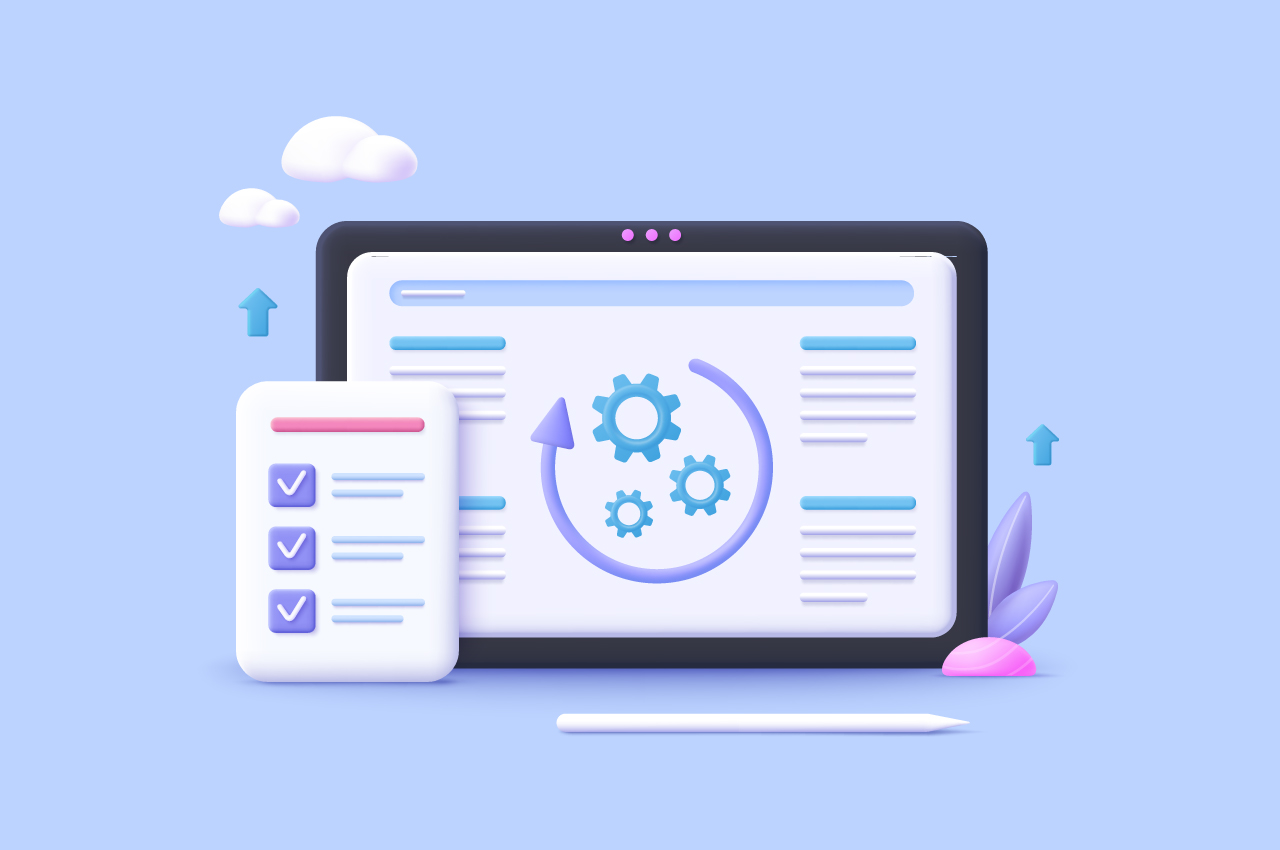An Overview of Introspection in Python [2024]

Python is renowned for its dynamic nature and flexibility, attributes that are significantly bolstered by its introspection capabilities. Introspection allows a program to inspect the type and properties of an object while it is running. This feature allows developers to write more generic and reusable code by examining the objects they are working with on the fly. In this blog, we’ll explore Python’s introspection capabilities with practical examples.
What is Introspection?
In simple terms, introspection is the process of examining the properties, attributes, and methods of objects during runtime. This can be incredibly useful for debugging, logging, or even for applications that need to adapt to different kinds of objects dynamically.
Python Provides Several Built-in Functions to Facilitate
Introspection:
In Python, introspection refers to the ability to examine the type or properties of an object at runtime. Python provides several built-in functions that facilitate this process, allowing developers to write more dynamic and flexible code. These functions help you discover the attributes, methods, and types of objects on the fly, which is especially useful for debugging, logging, and creating adaptable programs.
Here’s an overview of the key built-in functions used for introspection in Python:
- type()
- dir()
- getattr(), setattr(), hasattr(), delattr()
- isinstance(), issubclass()
- __dict__
Let’s dive into each of these with examples.
1. type()
The type() function retrieves the type of an object.
x = 10
print(type(x)) # Output:
y = "Hello"
print(type(y)) # Output:
2. dir()
The dir() function returns a list of valid attributes and methods of an object.
class MyClass:
def __init__(self):
self.attribute = "value"
def method(self):
pass
obj = MyClass()
print(dir(obj))
# Output: ['__class__', '__delattr__', '__dict__', '__dir__', '__doc__', '__eq__', ..., 'attribute', 'method']
3. getattr(), setattr(), hasattr(), delattr()
These functions are used to dynamically interact with object attributes.
getattr():
Retrieve the value of an attribute.
print(getattr(obj, 'attribute')) # Output: value
setattr():
Set the value of an attribute.
setattr(obj, 'attribute', 'new_value')
print(obj.attribute) # Output: new_value
hasattr():
Check if an object has a specific attribute.
print(hasattr(obj, 'attribute')) # Output: True
delattr():
Delete an attribute from an object.
delattr(obj, 'attribute')
print(hasattr(obj, 'attribute')) # Output: False
4. isinstance(), issubclass()
These functions are used for type checking.
isinstance():
Check if an object is an instance of a class or a tuple of classes.
print(isinstance(obj, MyClass)) # Output: True
issubclass():
Check if a class is a subclass of another class.
class SubClass(MyClass):
pass
print(issubclass(SubClass, MyClass)) # Output: True
5. __dict__
The __dict__ attribute of an object stores all the attributes of the object in a dictionary form.
print(obj.__dict__) # Output: {'attribute': 'new_value'}
Practical Example: Dynamic Attribute Handling
Consider a scenario where you need to dynamically handle attributes of an object based on some configuration.
class ConfigurableObject:
def __init__(self, config):
for key, value in config.items():
setattr(self, key, value)
config = {
'attr1': 'value1',
'attr2': 'value2',
'attr3': 'value3'
}
obj = ConfigurableObject(config)
print(obj.attr1) # Output: value1
print(obj.attr2) # Output: value2
print(obj.attr3) # Output: value3
In this example, the ConfigurableObject class takes a dictionary of configurations and dynamically sets attributes on the object based on the dictionary keys and values.
Dynamic and Flexible Programming
Introspection allows developers to write programs that can adapt to different situations and data types at runtime. This flexibility means that your code can handle various scenarios without needing extensive modifications. For instance, when building a framework or library, you often don’t know in advance the specific objects or data structures users will pass. Introspection enables your code to examine these objects, understand their structure, and interact with them accordingly.
Writing Generic and Reusable Code
With introspection, you can write more generic code that can operate on a wide range of objects. Functions and methods can be designed to accept any object and perform operations based on the object’s attributes and methods discovered at runtime. This leads to higher code reusability. Instead of writing multiple versions of a function to handle different object types, you can write a single, more versatile version.
Examining and Manipulating Objects at Runtime
The built-in functions type(), dir(), getattr(), setattr(), hasattr(), delattr(), isinstance(), issubclass(), and the __dict__ attribute form a robust toolkit for examining and manipulating objects at runtime. Here’s how each contributes to introspection:
type(): Determines the type of an object, helping to understand what kind of data or object you are working with.
dir(): Lists the attributes and methods of an object, providing a quick way to explore its capabilities.
getattr(), setattr(), hasattr(), delattr(): Allow dynamic interaction with an object’s attributes. You can retrieve, set, check for, or delete attributes on the fly.
isinstance(), issubclass(): Facilitate type checking, ensuring that objects conform to expected types or inheritance structures.
__dict__: Provides a dictionary representation of an object’s attributes, making it easy to inspect and modify an object’s state.
Enhancing Python Programming Skills
By embracing these introspection capabilities, developers can significantly enhance their Python programming skills. Introspection fosters a deeper understanding of how Python objects work and encourages writing more elegant and efficient code. It also makes debugging and logging easier, as you can dynamically inspect the state and behavior of objects at any point in your program.
Creating Dynamic Applications
Dynamic applications that need to adapt to varying inputs, configurations, or environments benefit greatly from introspection. For example, in web development, APIs often receive JSON data with unpredictable structures. Introspection allows your code to handle these dynamic data structures gracefully, extracting and manipulating the necessary information without predefined schemas.
Practical Benefits
Framework and Library Development: Introspection is invaluable for developers creating frameworks and libraries that need to work with a wide range of user-defined objects and data structures.
Debugging and Logging: Easily inspect object states and behaviors to track down issues or log detailed information for later analysis.
Adaptable Code: Write code that can adapt to different data types and structures without hardcoding specific behaviors.
In summary, introspection in Python is a cornerstone of the language’s flexibility and dynamism. By mastering introspection techniques, you can write more adaptive, reusable, and maintainable code, leading to the development of robust and versatile applications. Embrace these capabilities to push the boundaries of your Python programming and create more intelligent and responsive software solutions.
Conclusion
Introspection in Python is a powerful feature that significantly enhances the language’s dynamism and flexibility. By leveraging introspection techniques, developers can write more generic, reusable, and adaptive code, which is crucial in today’s rapidly changing software landscape.




